[By Shideh] My aunt sent me this letter to share with our blog readers. It is about hope and change and has a strong message for all of us, whether you are from Tehran, Tokyo, Cairo, or Los Angeles, even though the topic is on the existing situation in the United States. Enjoy reading it and send us your own thoughts and experiences:
—————————–
On the 28th of June 2008 I made all the possible arrangements to attend a party in Berkeley for Obama. I wanted to participate in that party to unite with the community I felt a part of. Being with the people who are seeking change; who are promoting dignity for mankind irrespective of their race and ethnic back ground. The thought of this understanding coming from American people really excited me for the wonderful world my children and their generation are going to have ahead of them. This all had come at the time when they had lost hope for the future. People of this country were about to have compassion for themselves and for the people of the world. How incredible.
The people at the party were obviously mostly the elite group from Berkeley, fit, outspoken, and open minded of all ages. The refreshments were generously presented along with very efficient display of stickers, pamphlets, T-shirts, etc. It was a wonderful feeling to be sitting with this group under the same roof. The speakers informed us of all that was happening and all that is needed to be done in the few months to come (just a few months). The questions and answers followed the introduction and it gave way to comments about international affairs.
As one of the speakers started commenting and joking about Iran, I found myself feeling very confused. What is going on here? As the jokes about my country continued, I felt as if the walls of the room were closing in on me. I felt even dizzier when I looked around and saw these well intentioned people, or so they seemed in the beginning, as the same prejudiced people they are trying to oppose. Read the rest of this entry »









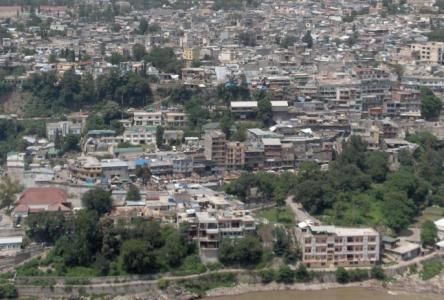
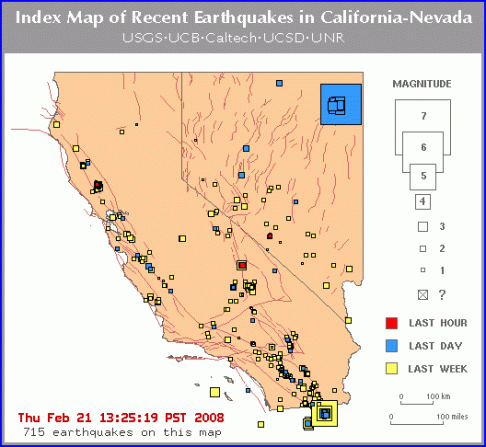
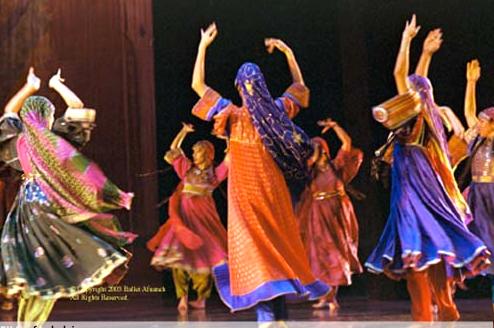
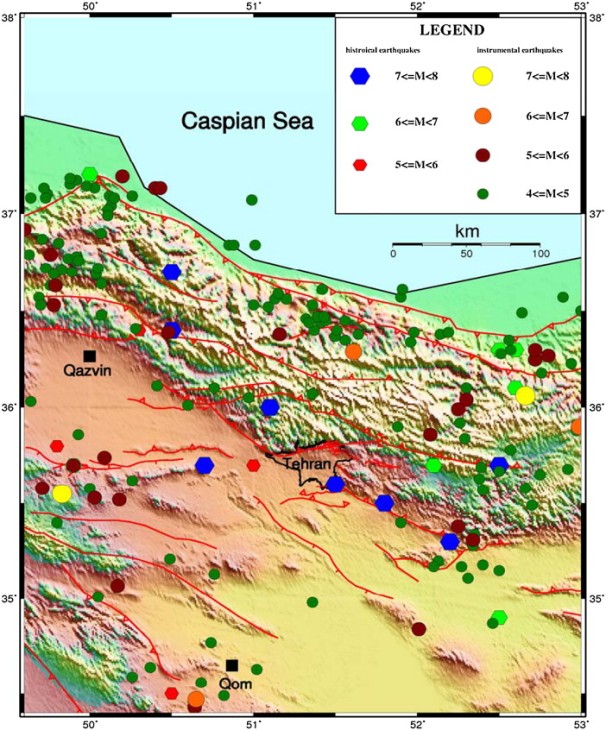
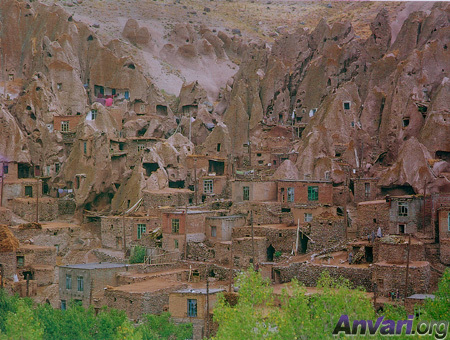
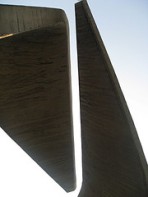






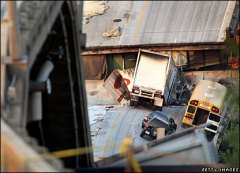
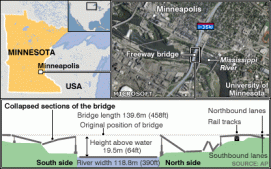
Recent Comments